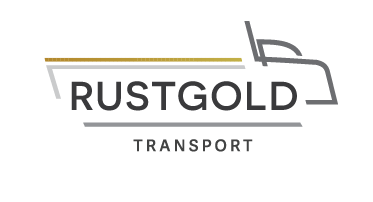Is blockchain the future for transactions?
Unless you’re an avid fan of cryptocurrency and trading in Bitcoin or Ethereum, you’ll be forgiven for not having a clue about what blockchain is or does. However, chances are that you’ve come across the word more and more frequently in the past five years. As with many things that gain prominence throughout the years, a point eventually arrives where not speaking about it comes at your own detriment. And while blockchain might be relatively new and may not have a big impact in your business right now, it is not to say that it cannot. There is a strong probability that it will become a favoured way of handling transactions in the future.
What is blockchain?
An in-depth discussion on blockchain will be filled with lots of jargon, but on a basic level, blockchain is a digital ledger (record) of transactions, capturing a string of details in chronological order. The data is encrypted but also decentralised (i.e. the information is spread across a wide network of computers).
What would make blockchain good for doing business?
- Decentralised, private transactions
Since the data of transactions in a blockchain are not held on a single computer, it increases the safety of the transactions made, as there is no way to hack into a single database/server and retrieve all the data regarding your transactions. This doesn’t completely remove risk, but transactions will become a lot safer.
Furthermore, blockchain is a set of encrypted instructions, which means that there is a much greater focus on the privacy of transactions through a decentralised system.
- Fewer restrictions on payment
When considering the difference between traditional financial institutions and payments made by way of blockchain there are major differences to be noticed:
-
- Blockchain is fast: Blockchain processes transactions in as little as 15mins and has no set open-hours, whereas banks often take time and are limited to operation only during certain parts of the day.
- Blockchain eliminates the middleman: The data transaction happens almost instantaneously, with a way to track the details of a transaction, without the need for an intermediary. This also reduces the cost of transactions and makes it more lucrative to receive payment through blockchain than by traditional means.
- Blockchain makes easy tracking of information/transactions possible: Businesses can easily trace transactions to their origins.
- Blockchain is essentially a programmed set of instructions: These are instructions to transfer value from one account to another, and thus makes it possible to build contracts into a blockchain so that there is less volatility and room for reneging on contracts.
- Blockchain is international: Many traditional transfers can have numerous restrictions based on information such as location and exchange rates. Blockchain payments can easily remove these restrictions as the blockchain isn’t bound to a single location or currency, but holds value of its own.
Where to next?
In many cases, the use of blockchain technology will grow without much input from businesses who will merely make use of the technology. So, while blockchain becomes more and more prevalent, it won’t be all that noticeable (except to the discerning eye).
Right now, however, blockchain technology and transactions are still in their infancy and in South Africa, will not start to see its application in everyday transactions any time soon. But just as with many new technologies that add to accessibility and ease of use for businesses, becoming an early adopter of the technology could hold a wide range of benefits and set you apart from your competitors. When that might be is still TBA, but what is sure is that you won’t be able to ignore it for too much longer.
Keep your eyes peeled and speak to your financial adviser before making any decisions regarding the way you handle your transactions.
This article is a general information sheet and should not be used or relied on as legal or other professional advice. No liability can be accepted for any errors or omissions nor for any loss or damage arising from reliance upon any information herein. Always contact your financial adviser for specific and detailed advice. Errors and omissions excepted (E&OE)
